1. WORKS CREDITED IN THE TEXT
Journal data
- ISSN: 2224-235X
- E-ISSN: 2304-2265
- Format: electronic / Open Access
- Frequency: semi-annual publication / early published
- Peer review system: double anonymized review
- Charges: no
PUBLICATION MANUAL
AMERICAN PSYCHOLOGICAL ASSOCIATION
(American Psychological Association)
7th ed. – 2020
APA Style Director:
APA Style Content Development Managers: Chelsea L. Bromstad Lee, Hayley S. Kamin, and Timothy L. McAdoo
APA Style Editors: Anne T. Woodworth and Ayanna A. Adams
ISBN 978-1-4338-3215-4 (Hardcover)
Printed in the United States of America

1. WORKS CREDITED IN THE TEXT
1.1. Basic In-Text Citation Styles (p. 266)
| AUTHOR TYPE | PARENTHETICAL CITATION | NARRATIVE CITATION |
| One author | (Luna, 2020) | Luna (2020) |
| Two authors | (Salas & D’Agostino, 2020) | Salas and D’Agostino (2020) |
| Three or more authors | (Martin et al., 2020) | Martin et al. (2020) |
| Group author with abbreviation | ||
| First citation | (National Institute of Mental Health [NIMH], 2020) | National Institute of Mental Health (NIMH, 2020) |
| Subsequent citations | (MIMH, 2020) | MIMH (2020) |
| Group author without abbreviation | (Standford University, 2020) | Standford University (2020) |
1.2. Avoiding Ambiguity in In-Text Citations (p. 267)
Kapoor, Bloom, Montez, et al. (2017)
Kapoor, Bloom, Zucker, et al. (2017)
Hasan, Liang, Kahn, and Jones-Miller (2015)
Hasan, Liang, Kahn, and Weintraub (2015)
(Judge & Kammeyer-Mueller, 2012a)
Judge and Kammeyer-Mueller (2012b)
(J. M. Taylor & Neimeyer, 2015; T. Taylor, 2014)
1.3. Primary and Secondary Sources (p. 258)
(Rabbitt, 1982, as cited in Lyon et al., 2014)
Allport’s diary (as cited in Nicholson, 2003)
1.4. Citing Multiple Works (p. 263)
When citing multiple works parenthetically, place the citations in alphabetical order, separating them with semicolons.
(Adams et al., 2019; Shumway & Shulman, 2015; Westinghouse, 2017)
Zhou (2000, 2016, in press)
(Carraway et al., 2013, 2014, 2019)
(Sampson & Hugues, 2020; see also Augustine, 2017; Melara et al., 2018; Pérez, 2014)
1.5. Citing Specifics Parts of a Source (p. 264)
(Centers for Disease Control and Prevention, 2019, p. 10)
(Armstrong, 2015, pp. 3-17)
(Kovacic & Horvat, 2019, Table 1)
1.6. Paraphrases (p. 269)
Avid readers of science fiction and fantasy books are more likely than readers of other genres to believe in futuristic scenarios, for example, that it will someday be possible to travel to other galaxies or power a car on solar energy (Black et al., 2018).
Webster-Stratton (2016) described a case example of a 4-year-old girl who showed an insecure attachment to her mother; in working with the family dyad, the therapist focused on increasing the mother’s empathy for her child (pp. 152-153).
1.7. Short Quotations (pp. 271-272, 274-275, and 278)
If a quotation consists of fewer than 40 words, treat it as a short quotation: incorporate it into the text and enclose it within double quotation marks.
Effective teams can be difficult to describe because “high performance along one domain does not translate to high performance along other” (Ervin et al., 2018, p. 470).
Biebel et al. (2018) noted that “incorporating the voice of students with psychiatric disabilities into supported education services can increase access, involvement, and retention” (p. 299).
To direct quote from an audiovisual work (e.g. audio-book, YouTube video, TED Talk, TV show), provide a time stamp for the beginning of the quotation in place of a page number.
People make “sweeping inferences and judgements from body language” (Cuddy, 2012, 2:12).
Some changes to direct quotations require explanation:
De Backer and Fisher (2012) noted that “those [adults] who read gossip magazines, watch gossip-related television shows, or read gossip articles from internet sites … may feel guilty about wasting their time on a leisure pursuit” (p. 421). The emphasized that “it is important to remember that gossip helped our ancestors survive [emphasis added], and thus by accessing gossip, one is faced with an opportunity to vicariously learn solution [sic] to adaptive problems” (De Backer & Fisher, 2012, p. 421).
Quotations from participants whom you interviewed as part of your research are treated differently than quotations from published works. Because quotations from research participants are part of your original research, do not included them in the reference list or treat them as personal communications; state in the text that the quotations are from participants.
Participant “Julia,” a 32-year-old woman from California, described her experiences as a new mother as “simultaneously the best and the hardest time of my live.” Several other participants agreed, describing the beginning of parenthood as “joyful,” “lonely,” and “intense.” Julia and the other participants completed interviews in their homes.
1.8. Block Quotations (pp. 272-273)
If a quotation contains 40 words or more, treat it as a block quotation. Do not use quotations marks to enclose a block quotation.
Flores et al. (2018) described how they addressed potential researcher bias when working with an intersectional community of transgender people of color:
Everyone on the research team belonged to a stigmatized group but also held privileged identities. Throughout the research process, we attended to the ways in which our privileged and oppressed identities may have influenced the research process, findings, and presentation of results. (p. 311)
Regarding implications for chronic biases in expectation formation,
in order to accurately estimate whether people are likely to form positive or negative expectations on any given occasion, it is necessary to go beyond simply considering chronic individual differences and identify the factors that make people more likely to form expectations in line with one bias or the other.
The present research sheds light on this issue by identifying a crucial distinction in the operation of these two trait biases in expectation formation. Specifically, people’s valence weighting biases and self-beliefs about the future appear to shape expectations via qualitatively distinct processes. (Niese et al., 2019, p. 210)
1.9. Personal Communications (pp. 260-261)
Use a personal communication citation only when a recoverable source is not available.
Personal communications include emails, text messages, online chats or direct messages, personal interviews, telephone conversations, live speeches, unrecorded classroom lectures, memos, letters, messages from nonarchived discussion groups or online bulletin boards, and so on.
Because readers cannot retrieve the information in personal communications, personal communications are not included in the reference list; they are cited in the text only.
E.-M. Paradis (personal communication, August 8, 2019)
(T. Nguyenm personal communication, February 24, 2020)
Do not use a personal communication citation for quotes or information from participants whom you interviewed as part of your own original research.
We spoke with Anna Grant (personal communication, April 2019) about traditional understandings of the world by First Nations Peoples in Canada. She described …
1.10. Footnotes (pp. 40 and 55)
Footnotes callouts should be superscripted, following any punctuation mark except a dash.
… These findings produced a statistically significant interaction between course delivery method and evaluation year.1 Simple main effects test revealed statistically significant differences in the response rates for face-to-face courses and online courses for each of the 3 observation years.2
The first main effect involved evaluation year (see Footnote 1).
1 A Greenhouse-Geisser adjustment of the degrees of freedom was performed in anticipation of a sphericity assumption violation.
2 A test of the homogeneity of variance assumption revealed no statistically significant difference in response rate variance between the two delivery modes for the 1st, 2nd, and 3rd years.
2. TABLES AND FIGURES (p. 197)
Tables and Figures follow the same structure.
Referring to Tables and Figures in the text:
As show in Table 1, the demographic characteristics…
Figure 1 shows the event-related potentials…
… of the results of the testing (see Table 3).
… of the comparisons (see Figures 4 and 7).
Sample Tables (pp. 215 and 217):


Sample Figures (pp. 235, 244, 247, and 249):




3. REFERENCE LIST
3.1. Textual Works
3.1.1. Periodicals (pp. 317 and 320)
McCauley, S., & Christiansen, M. (2019). Language learning as language use: A cross-linguistic model of child language development. Psychological Review, 126(1), 1-51. http://doi.org/10.1037/rev0000126
Ahmann, E., Tuttle, L., Saviet, M., & Wright, S. (2018). A descriptive review of ADHD coaching research: Implications for college students. Journal of Postsecondary Education and Disability, 3(1), 17-39. http://www.ahead.org/professional-resources/publications/jped/archived-jped/jped-volumne-31
Kalnay, E., Kanamitsu, M., Kistler, R., Collins, W., Deaven, D., Gandin, L., Iredell, M., Saha, S., White, G., Woolen, J., Zhu, Y., Chelliah, M., Ebisuzaki, W., Higgins, W., Janowiak, J., Mo, K., Ropelewski, C., Wang, J., Leetmaa, A., … Joseph, D. (1996). The NCEP/NCAR 40-year reanalysis project. Bulletin of the American Meteorological Society, 77(3), 437-471. http://doi.org/fg6rf9
De Vries, R., Nieuwenhuijze, M., Buitendijk, S., & the members of Midwifery Science Work Group. (2013). What does it take to have a strong and independent profession of midwifery? Lessons from the Netherlands. Midwifery, 29(10), 1122-1128. http://doi.org/10.1016/j.midw.2013.07.007
Cuellar, N. (2016). Study abroad programs [Editorial]. Journal of Transcultural Nursing, 27(3). https://doi.org/10.1177/1043659616638722
Bustillos, M. (2013, March 19). On video games and storytelling: An interview with Tom Bissell. The New Yorker. http://www.newyorker.com/books/page-turner/on-video-games-and-storytelling-an-interview-with-tom-bissell
Guarino, B. (2017, December 4). How will humanity react to alien life? Psychologists have some predictions. The Washington Post. https://www.washingtonpost.com/news/speaking-of-science/wp/2017/12/04/how-will-humanity-react-to-alien-life-psychologists-have-some-predictions
Klymkowsky, M. (2018, September 15). Can we talk scientifically about free will? Sci-Ed. https://blogs.plos.org/scied)2018/09/15/can-we-talk-scientifically-about-free-will/
3.1.2. Books (pp. 321-323)
Burgess, R. (2019). Rethinking global heath; Frameworks of power. Routledge.
Christian, B., & Griffiths, T. (2016). Algorithms to live by: The computer science of human decisions. Henry Holt and Co. http://a.co/7qGBZAk
Schmid, H. (Ed.). (2017). Entrenchment and the psychology of language learning: How we organize and adapt linguistic knowledge. American Psychological Association; De Gruyter Mouton. http://doi.org/10.1037/15969-000
Travis, C., & White, J. (Eds.). (2018). APA handbook of the psychology of women: Vol. 1. History, theory, and battlegrounds. American Psychological Association. https://doi.org/10.1037/0000059-000
3.1.3. Edited Book Chapters and entries in Reference Works (pp. 326-328)
Balsam, K., Martell, C., Jones, K., & Safren, S. (2019). Affirmative cognitive behavior therapy with sexual and gender minority people. In G. Iwamasa & P. Hays (Eds.), Culturally responsive cognitive behavior therapy: Practice and supervision (pp. 287-314). American Psychological Association. http://doi.org/10.1037/0000119-012
Graham, G. (2019). Behaviorism. In E. Zalta (Ed.), The Standford encyclopedia of philosophy. Standford University. https://plato.standford.edu/archives/sum2019/entries/behaviorism
3.1.4. Reports (pp. 329-330)
Canada Council of the Arts. (2013). What we heard: Summary of key findings: 2013 Canada Council’s Inter-Arts Office consultation. http://publications.gc.ca/collections/collection_2017/canadacouncil/K23-652013-eng.pdf
National Cancer Institute. (2018). Facing forward: Life after cancer treatment (NIH Publication No. 18-2424). U.S. Department of Health and Human Services, National Institutes of Health. http://www.cancer.gov/publications/patient-education/life-after-treatment.pdf
Fried, D., & Polyakova, A. (2018). Democratic defense against disinformation. Atlantic Council. https://www.atlanticcouncil.org/images/publications/Democratic_Defense_Against_Disinformation_FINAL.pdf
3.1.5. Conference Sessions and Presentations (pp. 332-333)
Fistek, A., Jester, E., & Sonnenberg, K. (2017, July 12-15). Everybody’s got a little music in them: Using music therapy to connect, engage, and motivate [Conference session]. Autism Society National Conference, Milwaukee, WI, United States. https://asa.confex.com/asa/2017/webprogramarchives/Session9517.html
De Boer, D., & LaFavor, T. (2018, April 26-29). The art and significance of successfully identifying resilient individuals: A person-focused approach. In A. Schmidt & A. Kryvanos (Chairs), Perspectives on resilience: Conceptualization, measurement, and enhancement [Symposium]. Western Psychological Association 98th Annual Convention, Portland, OR, United States.
3.1.6. Thesis, Reviews and Unpublished Works (pp. 334-336)
Harris, L. (2014). Instructional leadership perceptions and practices of elementary school leaders [Unpublished doctoral dissertation]. University of Virginia.
Hutcheson, V. (2012). Dealing with dual differences: Social coping strategies of gifted adolescents [Master’s thesis, The College of William & Mary]. William & Mary Digital Archive. https://digitalarchive.wm.edu/bitstream/handle/10288/16594/HutchesonVirginia2012.pdf
Santos, F. (2019, January 11). Reframing refugee children’s stories [Review of the book We are displaced: My journey and stories from refugee girls around the world, by M. Yousafzai]. The New York Times. https://nyti.ms/2Hlgk3
Yoo, j., Miyamoto, Y., Rigotti, A., & Ryff, C. (2016). Linking positive affect to blood lipids: A cultural perspective [Unpublished manuscript]. Department of Psychology, University of Wisconsin-Madison.
3.2. Audiovisual Media
3.2.1. Audiovisual Works (pp. 342-344)
Jackson, P. (Director). (2001). The lord of the rings: The fellowship of the ring [Film; four-disc special extended ed. On DVD]. WingNut Films; The Saul Zaentz Company.
Malle, L. (Director). (1987). Au revoir les enfants [Goodbye children] [Film]. Nouvelles Éditions de Films.
Simon, D., Colesberry, R., & Kostroff, N. (Executive Producers). (2002-2008). The wire [TV series]. Blown Deadline Productions; HBO.
Oakley, B. (Writer), Weinstein, J. (Writer), & Lynch, J. (Director). (1995, May 21). Who shot Mr. Burns? (Part one) (Season 6, Episode 25) [TV series episode]. In D. Mikin, J. Brooks, M. Groening, & S. Simon (Executive Producers), The Simpsons. Gracie Films; Twentieth Century Fox Film Corporation.
The person or group who uploaded the video is credited as the author for retrievability, even if they did not create the work.
Fogarty, M. [Grammar Girl]. (2016, September 30). How to diagram a sentence (absolute basics) [Video]. YouTube. https://youtu.be/deiEY5Yq1ql
TED. (2012, March 16). Brené Brown: Listening to shame [Video]. YouTube. https://www.youtube.com/watch?v=psN1DORYY0
University of Oxford. (2018, December 6). How do geckos walk on water? [Video]. YouTube. https://www.youtube.com/watch?v=qm1xGfOZJc8
3.2.2. Audio Works (pp. 344-346)
Bach, J. (2010). The Brandenburg concertos: Concertos BWV 1043 & 1060 [Album recorded by Academy of St Martin in the Fields]. Decca. (Original work published 1721)
Beethoven, L. van. (2012). Symphony No. 3 in E-flat major [Song recorded by Staatskapelle Dresden]. On Beethoven: Complete symphonies. Brilliant Classics. (Original work published 1804)
Bowie, D. (2016). Blackstar [Album]. Columbia.
Beyoncé. (2016). Formation [Song]. On Lemonade. Parkwood; Columbia.
Vedantam, S. (Host). (2015-present). Hidden brain [Audio podcast]. NPR. https://www.npr.org/series/423302056/hidden-brain
Glass, I. (Host). (2011, August 12). Amusement park (no. 443) [Audio podcast episode]. In This American life. WBEZ Chicago. https://www.thisamericanlife.org/radio-archives/episode/443/amusement-park
Beauvoir, S. de. (1960, May 4). Simone de Beauvoir discusses the art of writing [Interview]. Studs Terkel Radio Archive; The Chicago History Museum. https://studsterkel.wfmt.com/programs/simone-de-beauvoir-discusses-art-writing
King, M. L., Jr. (1963, August 28). I have a dream [Speech audio recording]. American Rhetoric. https://wwww.americanrhetoric.com/speeches/mlkihaveadream.htm
3.2.3. Visual Works (pp. 346-347)
Wood, G. (1930). American gothic [Painting]. Art Institute of Chicago, Chicago, IL, United States. https://www.artic.edu/aic/collections/artwork/6565
GDJ. (2018). Neural network deep learning prismatic [Clip Art]. Openclipart. https://openclipart.org/detail/309343/neural-network-deep-learning-prismatic
Cable, D. (2013). The racial dot map [Map]. University of Virginia, Weldon Cooper Center for Public Service. https://demographics.coopercenter.org/Racial-Dot-Map
McCurry, S. (1985). Afghan girl [Photograph]. National Geographic. https://www.nationalgeographic.com/magazine/national-geographic-magazine-50-years-of-covers/#/ngm-1985-jun-714.jpg
Rinaldi, J. (2016). [Photograph series of a boy who finds his footing after abuse by those he trusted]. The Pulitzer Prizes. https://pulitzer.org/winners/jessica-rinaldi
Canan, E., & Vasilev, J. (2019, May 22). [Lecture notes on resource allocation]. Department of Management Control and Information Systems, University of Chile. https://uchilefau.academia.edu/ElseZCanan
Housand, B. (2016). Game on! Integrating games and simulations in the classroom [PowerPoint slides]. SlideShare. https://www.slideshare.net/brianhousand/game-on-iagc-2016/
3.3. Online Media
3.3.1. Social Media (pp. 348-350)
APA Education [@APAEducation]. (2018, June 29). College students are forming mental-health clubs–and they’re making a difference @washingtonpost [Thumbnail with link attached] [Tweet]. Twitter. https://twitter.com/apaeducation/status/1012810490530140161
White, B. [@BettyMWhite]. (2018, June 21). I treasure every minute we spent together #koko [Image attached] [Tweet]. Twitter. https://twitter.com/BettyMWhite/status/1009951892846227456
Gaiman, N. (2018, March 22). 100,000+ Rohingya refugees could be at serious risk during Bangladesh’s monsoon season. My fellow UNHCR Goodwill Ambassador Cate Blanchett is [Image attached] [Status update]. Facebook. http://bit.ly/2JQxPAD
News from Science. (2018, June 26). These frogs walk instead of hop: https://scim.aag/2KlriwH [Video]. Facebook. https://www.facebook.com/ScienceNOW/videos/10155508587605108
Zeitz MOCAA [@zeitzmocaa]. (2018, November 26). Grade 6 learners from Parkfields Primary School in Hanover Park visited the museum for a tour and workshop hosted by [Photographs]. Instagram. https://www.instagram.com/p/BqpHpjFBs3b/
3.3.2. Webpages and Websites (p. 351)
Avramova, N. (2019, January 3). The secret to a long, happy, healthy life? Thing age-positive. CNN. https://edition.cnn.com/2019/01/03/health/respect-toward-elderly-leads-to-long-life-intl/index.html
World Health Organization. (2018, March). Questions and answers on immunization and vaccine safety. http://www9.who.int/features/qa/84/en/
Martin, C. (2016, December 29). Be kind to yourself: How self-compassion can improve your resiliency. Mayo Clinic. https://www.mayoclinic.org/healthy-lifestyle/adult-health/in-depth/self-compassion-can-improve-your-resiliency/art-20267193
3.4. Computer Software, Apparatus, and Mobile Apps (pp. 339-340)
Borenstein, M., Hedges, L., Higgins, J., & Rothstein, H. (2014). Comprehensive meta-analysis (Version 3.3.070) [Computer software]. Biostat. https://www.meta-analysis.com/
SR Research. (2016). Eyelink 1000 plus [Apparatus and software]. https://www.sr-research.com/eyelink1000plus.html
Epocrates. (2019). Epocrates medical references (Version 18.12) [Mobile app]. App Store. https://itunes.apple.com/us/app/epocrates/id281935788?mt=8

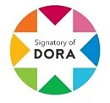 |
2.png) |
 |
 |
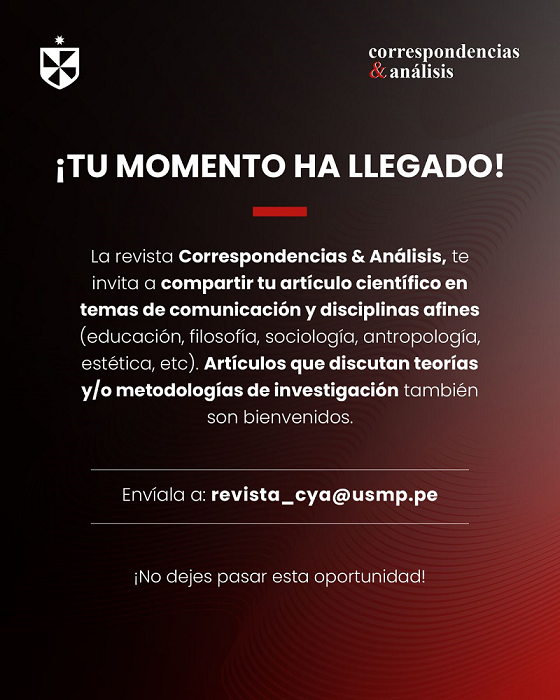
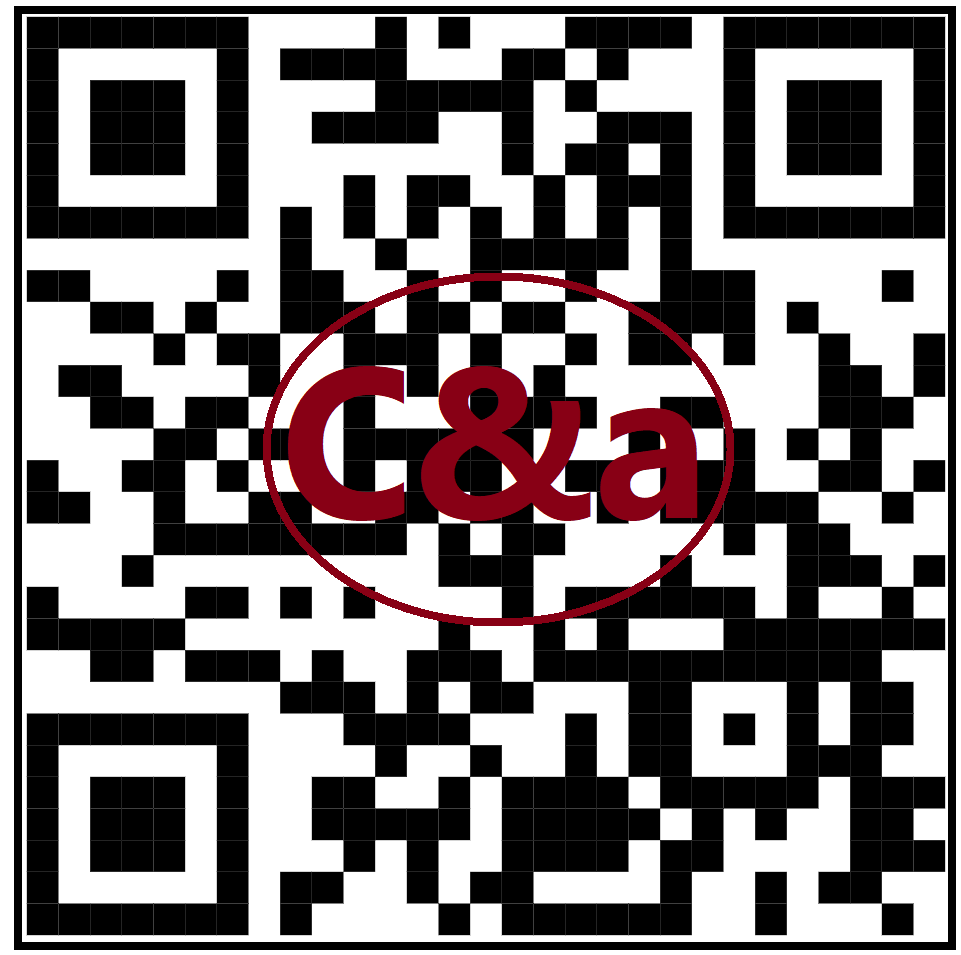
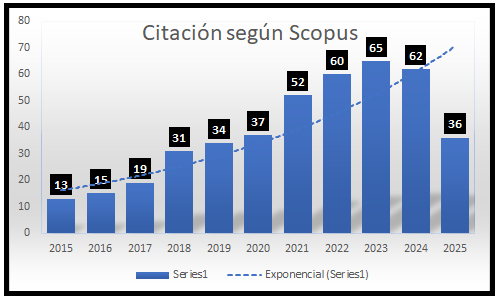
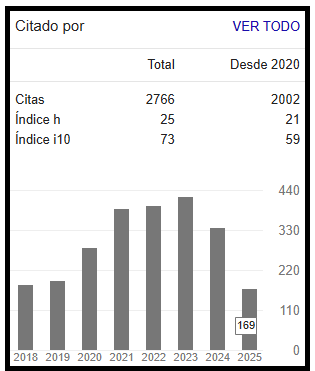
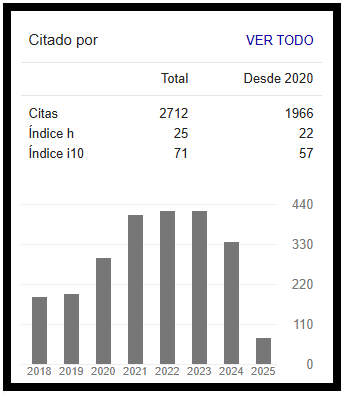
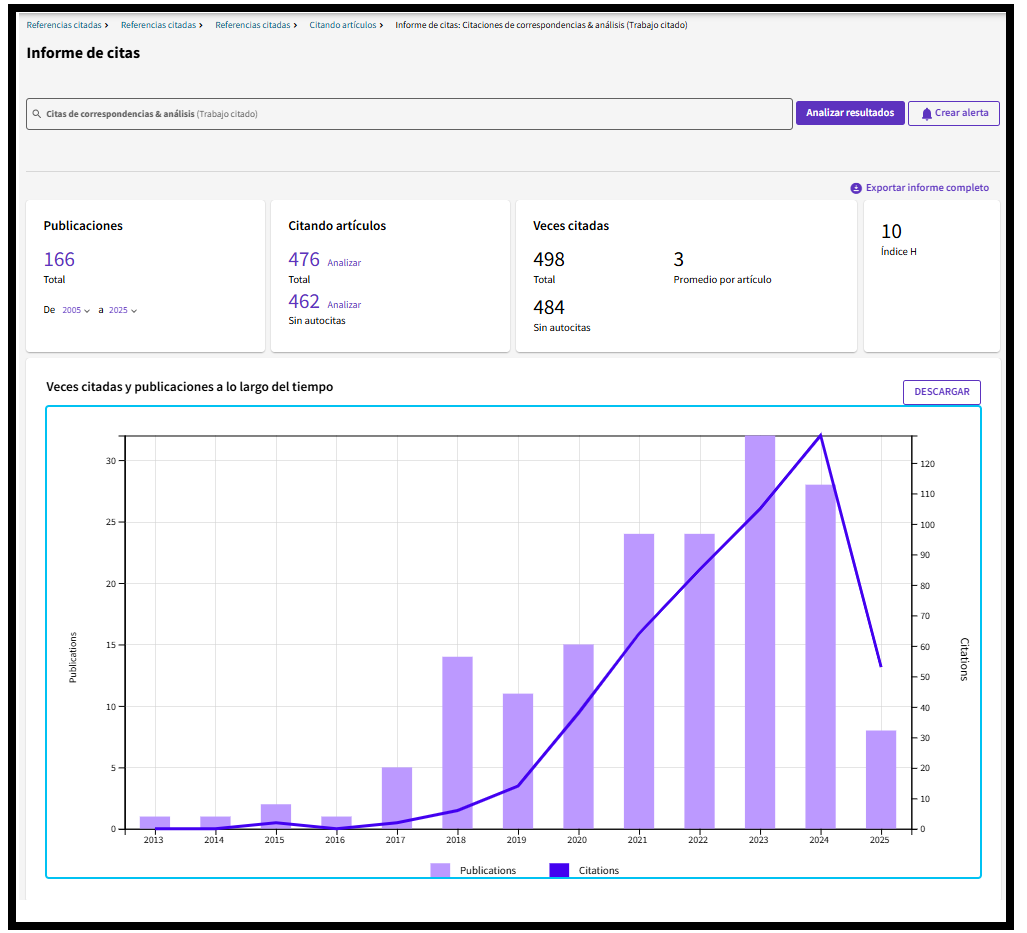
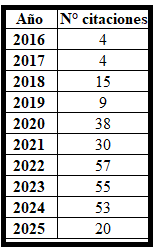
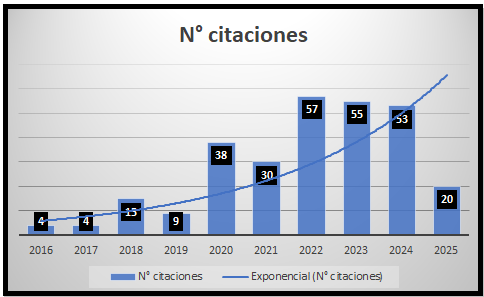
 Licencia Creative Commons Atribution 4.0 International (CC BY 4.0)
Licencia Creative Commons Atribution 4.0 International (CC BY 4.0)
Address: Av. Tomás Marsano Nº 242, Surquillo. Lima - Perú
Phone: (51-1) 513-6320 - Extension: 2190
E-mail: revista_cya@usmp.pe
Web: https://ojs.correspondenciasyanalisis.com/index.php/Journalcya
DOI: https://doi.org/10.24265/cian
ISSN: 2224-235X (Print)
2304-2265 (Online) 
